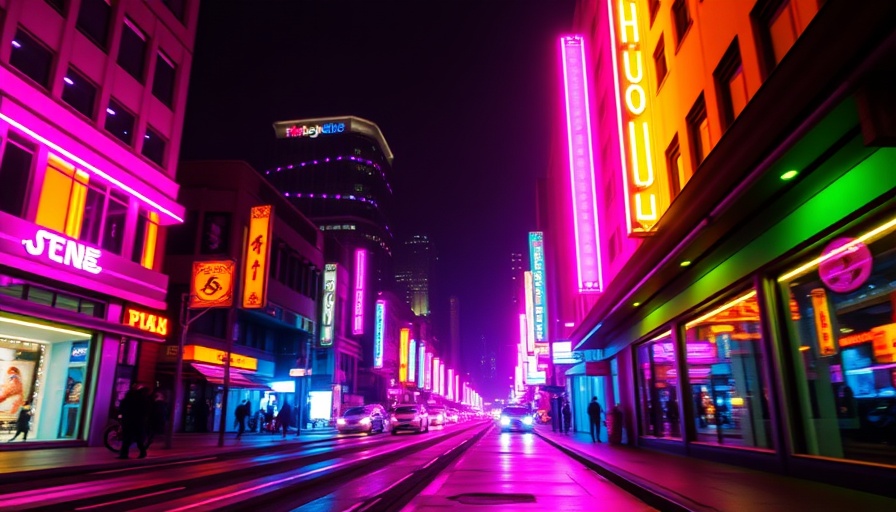
The Challenge of Revitalizing Market Street
San Francisco’s Market Street has long served as a central artery for the city, but following the pandemic, it stands as a monument to urban decay and unfulfilled potential. Mayor Daniel Lurie recently launched a bold initiative to reenergize this vital corridor, drawing attention from local and international designers alike. His call to action came with an enticing $100,000 prize for innovative design proposals to breathe life back into a two-mile stretch from the Embarcadero to the Castro. This effort is more than just a beautification project; it’s a critical response to the stark realities faced by urban environments in a post-pandemic world.
Creative Solutions from Around the Globe
The Market Street Reimagined competition attracted a stunning 170 submissions from nine countries, indicating that interest in reimagining urban spaces transcends geography. From transforming old parking lots into vibrant community gardens to innovative transportation models, the proposals reflect a diverse range of ideas that challenge conventional urban planning norms. A panel of ten distinguished jurors, including notable figures such as former Apple designer Jony Ive, dedicated nine hours to selecting the top entries, showcasing the desire for fresh perspectives in city planning.
Five Exciting Ideas to Reimagine Market Street
Among the winning submissions, each idea stands out for its creative approach to urban revitalization:
- Let Nature Take Over: One concept proposes to allow greenery to reclaim parts of Market Street. This initiative, inspired by the notion of a city breathing, could create a living landscape that invites residents and tourists alike to experience San Francisco's natural beauty.
- The Universal Bench: Imagine a four-mile-long bench stretching along the street—an inviting space for conversation, art, and relaxation. This idea promotes social connections and encourages pedestrians to actively engage with their environment.
- Car-Free Zones: A radical approach includes eliminating cars from significant portions of Market Street, transforming it into a pedestrian paradise while enhancing safety and accessibility for all ages. This would foster a more inviting atmosphere for families and individuals.
- Art Installations as Traffic Controllers: Incorporating large-scale art installations that double as traffic control measures could pave the way for a more aesthetically pleasing and efficient urban layout, marrying beauty with functionality.
- Transit Improvements: Proposals also focused on elevating public transportation options, ensuring that access to Market Street is seamless, equitable, and efficient.
The Broader Implications of Urban Revitalization
Revitalizing Market Street goes beyond physical modifications; it’s about redefining the communal experience. The pandemic has reshaped our relationship with urban spaces, and cities are now in a crucial position to respond. As we reflect on Lurie's vision, it's essential to recognize that these initiatives must be integrated into a broader plan for urban resilience. According to Manny Yekutiel, former SFMTA commissioner and head of the Civic Joy Fund, even if these specific proposals aren't immediately implementable, they can foster essential discussions around urban living.
Conclusion: A Call to Action
As San Francisco endeavors to reclaim Market Street's vibrance, the city's citizens and stakeholders must remain engaged in discussions about urban renewal. It’s an opportunity not only to enhance aesthetics but to improve the quality of life and restore civic pride. This civic conversation goes beyond one street; it poses a challenge to communities globally to address the evolving needs of urban environments. Let’s support such initiatives and advocate for sustainable designs that cater to the needs of diverse populations. It's time for all of us to contribute our voices on how our public spaces evolve!
 Add Row
Add Row  Add
Add 




Write A Comment